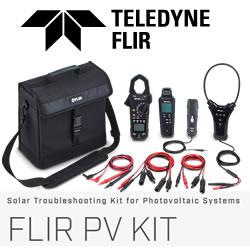Monitoring Tools for Manufacturing Plant Maintenance
Top Viewed Articles of 2024
Southco: What is a Friction/Torque Hinge?
Making solar cells more weatherproof
Decarbonizing heavy industry with thermal batteries
Redefining Renewable Energy: A Critical Push to Optimize Hydroelectric Power Efficiency
Second Life Battery Economy Endorsed by City of Phoenix: Project Case Study
Utilizing Energy Storage and Renewables in Extreme Weather Events
Is It Worth Buying A Whole Home Generator?
To Solve Data Center's Unique Energy Demand Problem, The Industry Needs Unique Strategies
Guide to Factory Acceptance Tests (FAT) for BESS
The Impact of EMP Hardening on Solar Hybrid Inverters
A New BMP for Erosion and Stormwater Management in Solar
Second-Life Batteries Offer Businesses Sustainability and Cost Benefits
Are Solar Batteries Worth It?
Records 76 to 90 of 3119
First | Previous | Next | Last
Featured Product

